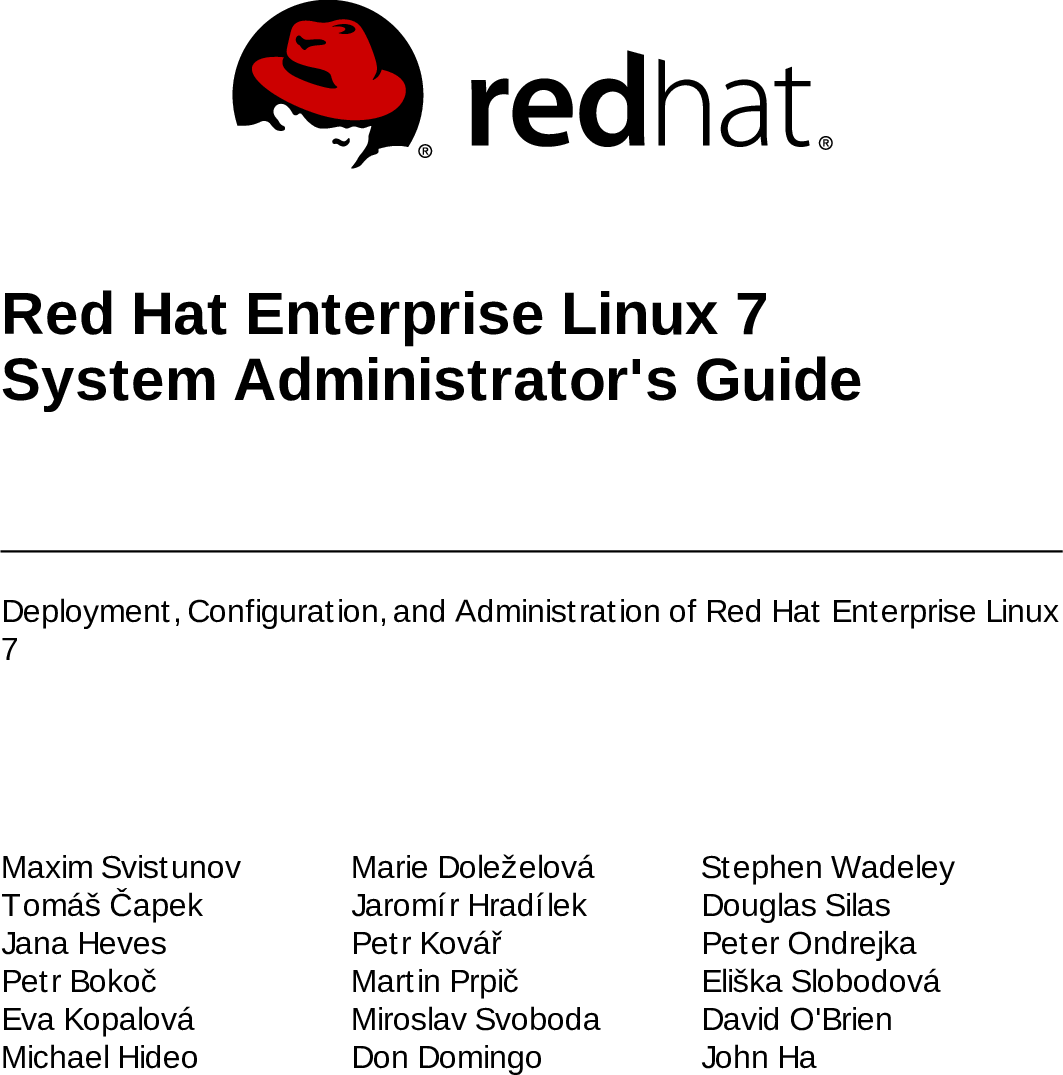

There are two methods that can be used to cut down how much time is spent on projects while maintaining the project scope: fast-tracking vs. When Should You Use Fast-Tracking vs Crashing? There is no reason to fast track or crash any activities that are not on the critical path you won’t gain any time on your overall schedule if you cannot shorten your critical path. Schedules are constantly subject to change in most cases, schedules get longer as opposed to getting shorter, which can negatively affect the original schedule because the project team will not be able to complete it in the time available. The reality of project management is that sometimes you will need to compress the project schedule and deliver the project’s product, service, or result sooner than originally planned. In addition, you should consider other items when performing a crash analysis, including adding more resources to the project, allowing additional overtime, and paying extra to receive delivery of critical components more quickly, among others. When the crashing approach is used, any additional costs associated with rushing the project are reviewed against the possible benefits of completing the project within a shorter time span. Crashing only works if the additional resources will actually achieve completing the project sooner. The results of a crash analysis are usually presented in a crash graph, where activities with the flattest slope are the ones that will be considered first-they lead to an equal amount of time savings, but have a smaller increase in cost.

And crashing is expensive because more resources are added to the project.Ĭrashing analyzes and categorizes activities based on the lowest crash cost per unit time, allowing the team working the project to identify the activities that will be able to deliver the most value at the least incremental cost.
#FASTTRACK SCHEDULE 10 NOT DISPLAYING HOW TO#
Cost and schedule tradeoffs are analyzed to determine how to obtain the greatest amount of compression for the least incremental cost. With this technique, resources are added to the project for the least cost possible. Are you looking forward to making a mark in the Project Management field? If yes, enroll in the Project Management Fundamental Program now and get a step closer to your career goal! What is Crashing?Ĭrashing is the technique to use when fast tracking has not saved enough time on the project schedule. Reworking the project can also waste even more time.Īs a project manager, you’ll have to weigh the pros and cons of fast tracking to understand whether it will be worthwhile to undertake increased risk. This technique simply rearranges the activities in the original schedule.Īlthough fast tracking may not result in an increase in the cost, it leads to an increase in the risk, because activities now being performed in parallel may lead to needing to rework or rearrange the project. When you need to compress a schedule, you should consider this technique first, because fast tracking usually does not involve any costs. But fast tracking can only be applied if the activities in question can actually be overlapped. In other words, fast tracking a project means the activities are worked on simultaneously instead of waiting for each piece to be completed separately.
#FASTTRACK SCHEDULE 10 NOT DISPLAYING PROFESSIONAL#
Are you a professional who is aspiring to be a project manager? Try answering this free PMP® Practice Questions and assess yourself.įast-tracking is a technique where activities that would have been performed sequentially using the original schedule are performed in parallel. The two techniques you can use to shorten the project duration while maintaining the project scope are fast tracking and crashing. It can be used when a project falls behind schedule and needs to catch up or to finish the project sooner than originally scheduled. Schedule compression refers to techniques used when a project manager wants to shorten the duration of the project without changing the scope of the project. Understanding these techniques and their application in compressing schedules can be very useful, whether in professional or personal spheres.

Schedule compression offers two important techniques for scheduling time so projects are executed on schedule.

Worse, a lack of project scheduling techniques can affect our personal lives as well, with unmet commitments and pending tasks straining relationships and affecting productivity. Yet, many of them are left unfinished because we hadn’t planned for any number of contingencies. As working professionals, we grapple with multiple projects, big and small, on a daily basis.


 0 kommentar(er)
0 kommentar(er)
